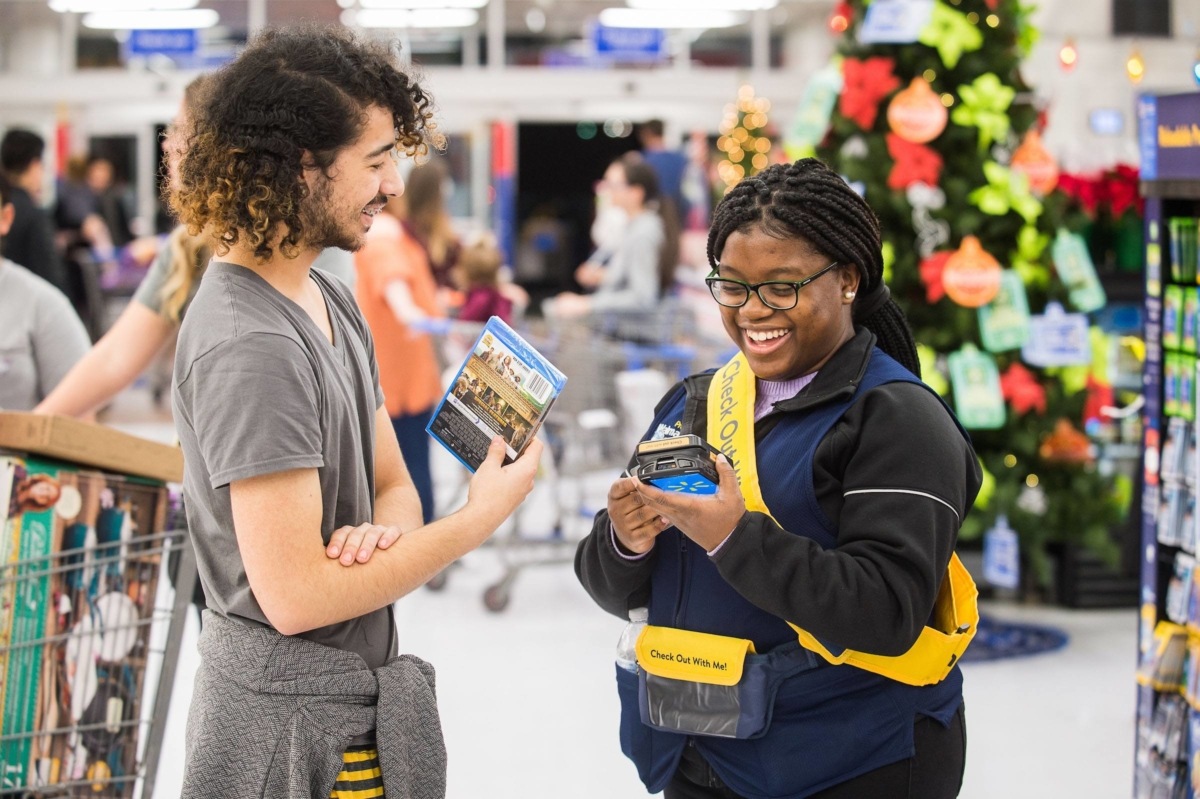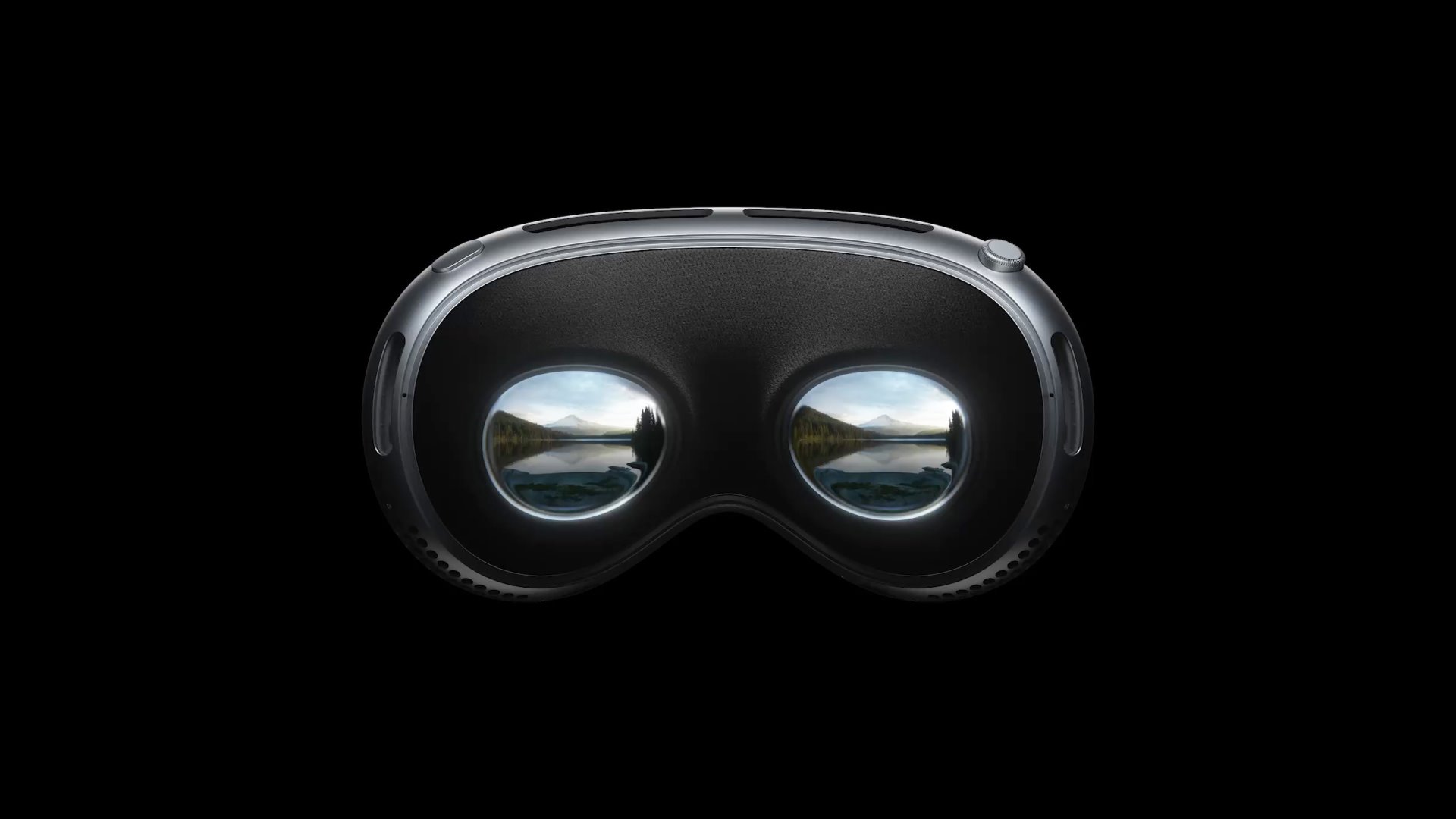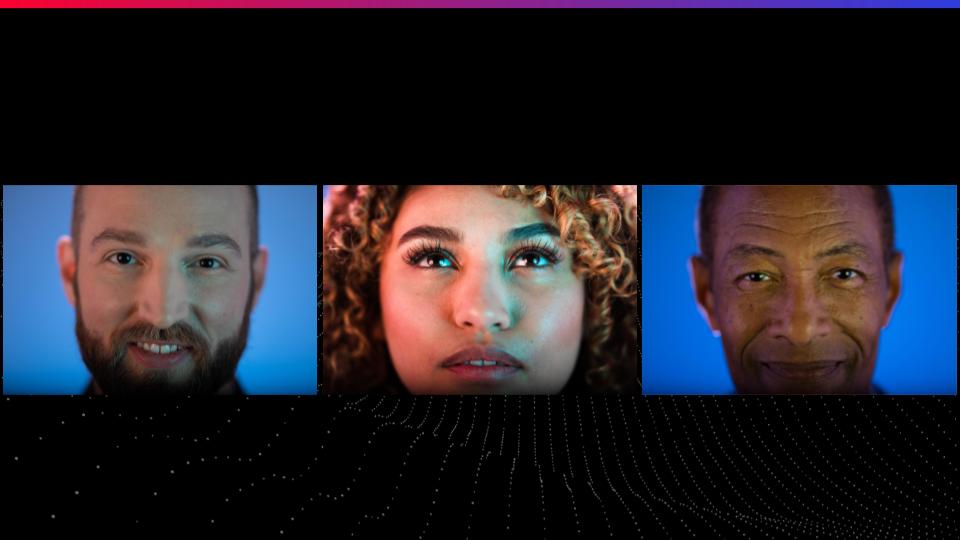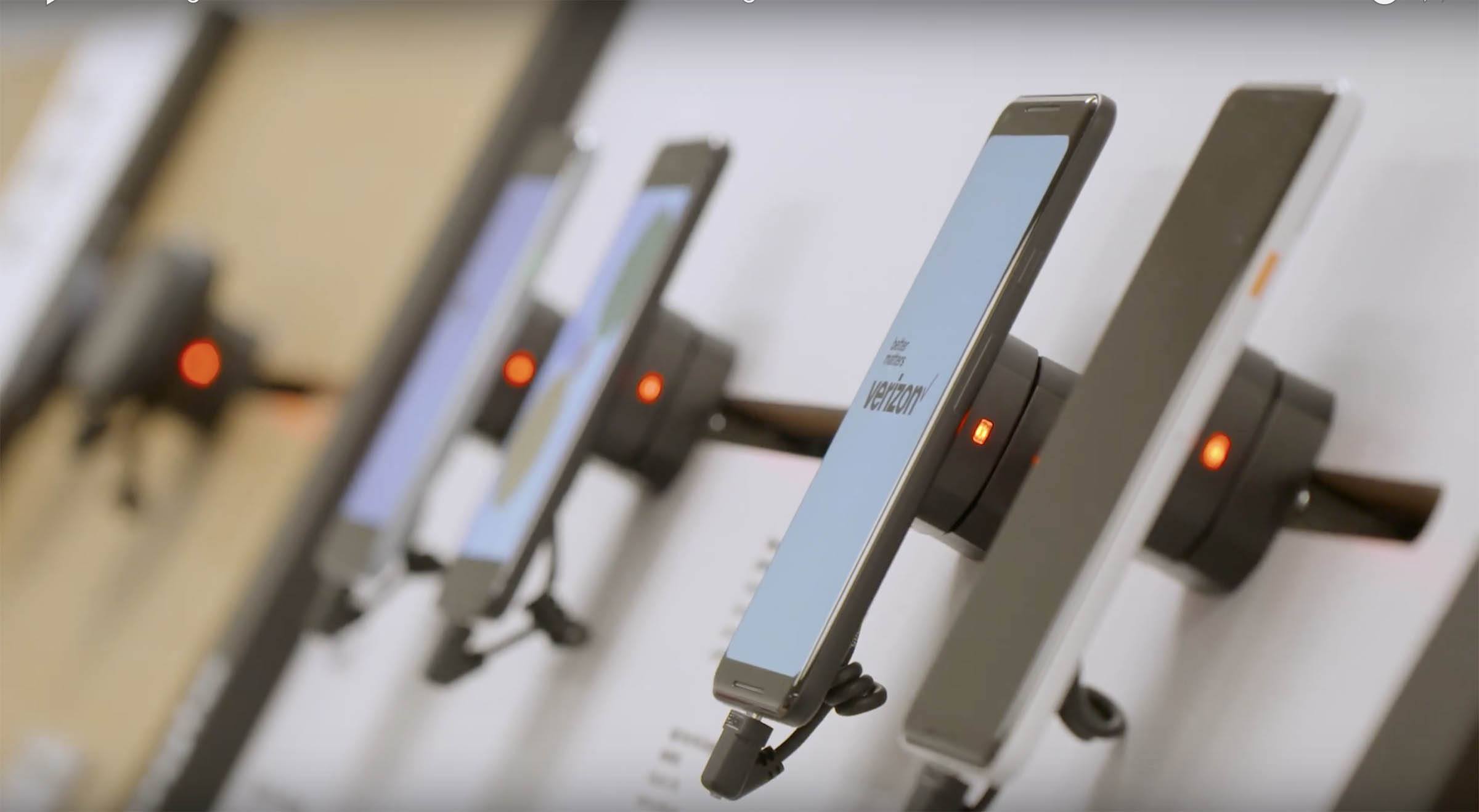“Not so long ago, it was ballooning inventories that gouged retail profit margins. But earnings results during the second quarter showed a widening impact from ‘inventory shrinkage’ — retail speak for theft.”
Investor’s Business Daily
For a shopper, it’s a confounding paradox: You ask an associate to check the computer for an item — let’s say a specific book — and they confirm that the store has it in stock. But you can’t find it on the shelf, nor can the associate.
This is a frustrating experience for the customer for sure, but it’s also a massive financial problem for the business. Retail shrinkage doesn’t just render inventory numbers off-kilter; it cuts into revenue.
The reality is that products disappear off the shelves for many reasons other than sales. Things break, get misshelved, and, of course, get stolen — from both customers and, unfortunately, employees. Return fraud is another cause of retail shrinkage. All of these issues require better employee training for loss prevention, and virtual reality (VR) can help.
Retail shrinkage, an expanding problem
Retail shrinkage has reached nearly $100B as of 2023. According to the Loss Prevention Research Council, major retailers report an average 26.5% increase in incidents of retail shrinkage related to organized retail crime, and 80% note an increase in violence and aggression associated with these incidents. All of this crime impacts earnings reports.
Many retail organizations find themselves absorbing the costs with a somewhat passive approach to mitigation simply because they’re unsure how to proactively deter retail shrinkage in any meaningful way. Others put loss prevention training in place to support employees in managing retail shrinkage without dramatic success rates.
When it comes to theft-related loss prevention, training is certainly a challenge. Most people learn best by doing and also by experiencing a scenario in a repetitive way, but no retailer wants to put their frontline employees in danger, nor do they want to encourage theft for the sake of “good training.”
That’s why virtual reality (VR) training is emerging as a significant game-changer for training retail workers on loss prevention — it helps prevent retail shrinkage and, more importantly, puts the focus on employee and customer safety. VR training is one of the most high-impact ways to solve retail shrinkage from a variety of causes.
Everyday annoying theft issues
Shoplifting and snatch-and-grab scenarios are incredibly common in retail storefronts. Fortune calls it the $100 billion problem for retailers, and it ranges from lone individuals pocketing an item without paying for it to well-orchestrated group heists by organized crime rings.
VR training helps employees recognize the signs of impending theft and handle it in the moment, taking the correct steps to keep employees and shoppers safe while catching thieves in action whenever possible.
Verizon created a VR training program in its 1,600 US retail stores to better train associates, at scale, on how to handle snatch-and-grab theft. By simulating a mid-day shoplifting episode in a real store, using actual store footage, Verizon’s L&D department was able to create a highly realistic scenario to test associate’s skills at deterring and handling theft.
Employee theft
Alongside shoplifting and organized crime, employee theft is a huge problem for a lot of retailers. A recent National Retail Federation study showed that roughly a third of retail shrinkage comes from employee theft. With access to goods and inside knowledge of theft-prevention measures, employees are in an unfortunately excellent position to take home items without paying for them.
VR training can help here in a few key ways:
- Reiteration of company protocols and values
- Instilling a deeper sense of company culture into new employees
- Training employees how to have difficult conversations, such as calling out an instance of employee theft at the moment
The ability to train for operational procedures and soft skills in VR gives retailers an advantage when training employees.
Return fraud
Return fraud can be a somewhat sophisticated ruse. Those who wish to dupe a retailer might return stolen merchandise for cash or credit or use duplicate receipts to get money back for an item twice. Return fraud refers to any sort of defrauding of a retail store via the return process.
VR training can help prevent return fraud by properly teaching store associates correct return methods and testing their skills until they score well on procedures. VR training can also impart stronger soft skills for dealing with difficult, demanding, or insistent customers who may use bullying tactics to push through fraudulent transactions.
Armed robbery: Rare, but not rare enough
While shoplifting may be common, armed robbery certainly is not. Most retail workers will go their entire careers without being confronted by an armed robber or other type of violent perpetrator. For this reason, it’s always been a conundrum training frontline workers how to handle potentially violent situations because most people learn best by doing. Learning how to handle an armed robber via a real, live situation is not ideal. It is better if the associate knows what to do in advance. VR training can be profoundly beneficial when it comes to preparing employees for rare, unpredictable safety situations involving high emotions and extreme reactions.
VR training allows retail workers to practice armed robbery or active shooting situations without being put in danger. Because the brain treats an immersive VR experience just as it would a real-life experience, the learner has an opportunity to test their reactions realistically and practice a situation over and over again until they are confident about how they would handle it “in real life.”
This is why enterprise retail organizations like Walmart and Verizon have used VR training to better equip employees for the possibility of an armed robbery or other violent type of crime in a store. In fact, after undergoing VR training for armed robbery, 97% of Verizon store employees said they felt more prepared for dangerous situations.

Theft-related loss prevention with VR training
Retail loss-prevention training is an ideal fit for VR because it allows employees to roleplay how they’d react in very specific situations: when confronted with a shoplifter, involved in a fraudulent return, privy to employee theft, or even exposed to a more violent crime. Immersive Learning — a subset of VR training that combines a sense of presence with learning theory, data science, and spatial design — is particularly effective at reducing retail shrinkage by better training employees in key ways.
Learn other transformative applications of Immersive Learning in retail.





